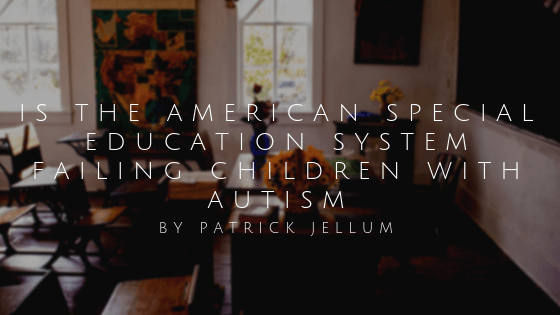In the U.S., the majority of public school systems offer parents the opportunity to enroll their child with autism in classes alongside non-disabled children. The idea behind this is the nurturing sense of being part of the academic community will assist the autistic child with learning, and inspire their peers to accept individuals regardless of their disability. The question is, is this the best way to teach children with autism?
According to some developmental education experts, the insistence on academic education is not the best option for the majority of children as this is not how schools in other developed countries teach students with disabilities. In U.S. schools, around 500,000 students have been diagnosed with autism, but the number left undiagnosed could make this number even higher. The problem facing students with disabilities and their carers is the lack of understanding these students often have of the academic principles they are being taught.
Around the rest of the world, the approach to educating individual students with disabilities has taken a different turn and often brought more independence in later life. Students with autism are still taught the same subjects as their peers, but more time is spent looking to build life skills designed to bring a greater level of future independence. In many developed countries around the world, students diagnosed as on the autism spectrum often look to develop life skills, such as cleaning, washing, and making food. These are all skills which can aid their movement into the wider community following their school years and move into a job of their own and look to live without their childhood careers.
In contrast, the sense of achievement and success those in the developed world is not often discovered by those on the autism spectrum who are educated in the U.S. Instead of working towards providing a brighter future for those affected by autism, U.S. students often feel depressed and alienated from their peers through an inability to hold on to the needed information. The development of model special education programs in certain districts makes up only a tiny minority of the around half a million students being educated across the nation. Only by making sure the needs of the disabled student are high on the list of priorities for school districts can we make sure children live more independent lives in the future.

